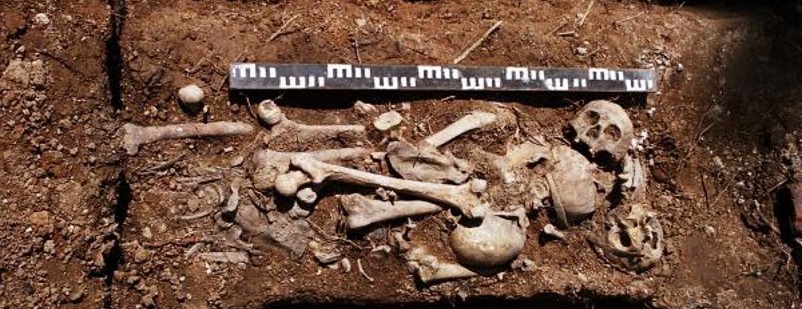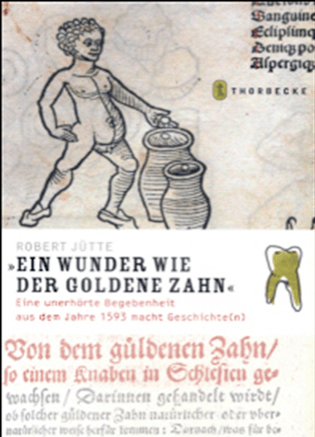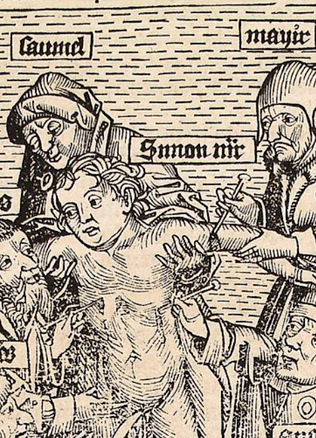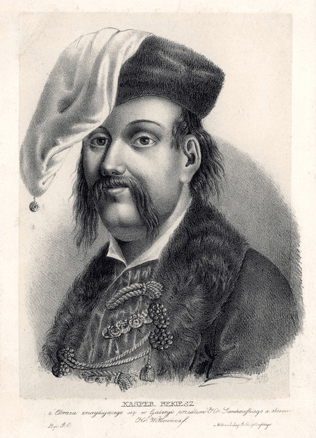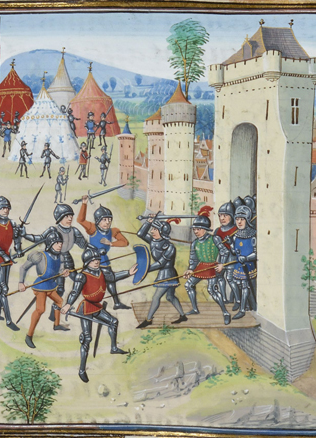Searching for Graves – A Manifestation of the Insatiable Need of Heroes
Heroes are those who are marked by great deeds. It is most often military exploits that are an expression and proof of heroism, with special cultural achievements mentioned far less. The primary traits of heroes were articulated in ancient civilisations. It is Greece of Antiquity that fostered the cult of heroes the most. In Homeric epics, it was the particular valiant warriors that were called heroes. In later Greek culture, they began to think that a hero not only surpassed the average mortal in their work, but also in their origins: one of their parents was a god or goddess. In this way, a hero occupied a middle position between people and the world of gods: no god was a hero, and no hero became a god, but both, god and the hero, belonged to a common sphere of sacredness. One could call these heroes demigods.
Holy martyrs beat out the mad heroes of Antiquity
While alive, heroes did terribly brave feats for their city, homeland and people whenever called to fight against the enemy. The hero of a particular Greek city was often the founder of the city. Legends that gave meaning to the work of this hero in a culture were a kind of “eternal” law. The cultivation of a hero’s feats was not just a tribute to the past, but also for the future. It was hoped that by cultivating a cult of the hero, a bright future was guaranteed. A hero was an example to follow.
Usually an exceptional moment in the life of a hero was his extraordinary death (especially when it was violent). It became yet more proof of his heroism. It was believed that the power of a hero continued to express itself even after his death. This is why his grave became the centre of a hero’s cult. The grave of a city founder marked the symbolic centre of the city, it was installed in the main market square. If there was no hero’s grave, it would be “found,” and if a hero had been buried in the “wrong” place before, efforts were made to rebury him.
After Christianity took root, the cult of heroes was pushed out, with the cult of saints occupying its place. The similarities of both cults were noticed already in the times of Antiquity. This is why researchers talk about their structural kinship and even about parallels and analogies. The primary difference between the old heroes and new saints was that the power of the former was “their own” while that of the Christian saints was a gift from God.
Heroic battles – a direct path to immortality
There were fundamental ideas about heroes that were characteristic for other nations as well. In each culture, the cult of heroes takes on specific traits, with its intensity greatly influenced by time and place.
It is hard to describe what the cult of heroes was like in pagan Lithuania due the lack of historical knowledge. At the time, Lithuanians were a nation of warriors. In the 1249 Treaty of Christburg between the Teutonic Knights and Prussians, it is written that the pagan priests of the latter raised the soul of a dead person during his funeral, who was the leader of a group of warriors. The treaty proclaims a myth that he flew “on a horse through the middle of the heavens,” decorated with shiny weapons and holding a hawk in his hand with a large group of to accompany him to the other world…
Lithuanians must have also had similar dreams about the expanses of eternal hunting and endless feasts.
The dichotomy of the feeling of honour and shame would manifest itself passionately to Lithuanian warriors, and the 13th century battles described in a fascinating manner show that they had the stimulus to fight heroically. Peter of Dusburg, a chronicler who in the 1320s write about the loss of the Teutonic Order at the Battle of Durbė (1260) and mentioned that the pagans still now “are proud of their bravery” because of this victory. At the time there was still an oral tradition that existed which could be seen as an expression of a cult of heroes. However, the pagan Lithuanians were illiterate, which is why the tradition was not recorded and was lost without a trace.
Vytautas: at the Summit of the Lithuanian Olympus
The blossoming of the cult of heroes began in the 16th century. Lithuanian Grand Duke Vytautas became the primary hero. His times were judged to be Lithuania’s “golden age” already starting from the end of the 15th century. The writers of the 16th century Lithuanian Chronicles did not forget the noble pagan Lithuanian rulers such as Gediminas, Algirdas and Kęstutis. These rulers were elevated as warriors and defenders of the homeland in all of the tales. Gediminas was depicted as a cultural hero – the founder of Vilnius as the capital of Lithuania.
Already at the time there was a deep rift between the pagan Lithuania and Lithuania of the 16th century.
Just a little more than 100 years had passed since the time that the last altars had gone out, however the memory of those times had almost vanished, which is why it was filled with legends created at that time.
Though it was written that the leaders of pagan Lithuania were burned in Vilnius’ Šventaragis Valley, the locations of the graves of Gediminas, Kęstutis or Algirdas were not known, and no one looked for them. Until 1655 it was known that Vytautas’ grave was in the Vilnius Cathedral, but with the threat of Russian occupation, it was so well-hidden that all efforts in later times to find the grave gave no results.
One hero – two graves
The cult of heroes and attempts to create it expressed themselves particularly strongly in the second half of the 19th century with the beginning of the Lithuanian National Awakening. It was not historians that founded this idea, but writers with a restless imagination, thus it is no surprise that a cult of heroes began to appear in places where historians would never find it. For example, after misunderstanding the information from the chronicle of Wigand of Marburg about the death of the duke of Trakai near Bayerburg in 1337, an incorrect conclusion was drawn that it was Gediminas himself that died near Veliuona. Soon after people started to imagine that he should be buried on Gedimino kapo Hill (Gediminas’ Grave Hill). Thus, it comes as no surprise that when Ludwik Krzywicki, who was carrying out digs of the Veliuona mounds, took some of his finds to Poland, a conflict arose that he found and took away Gediminas’ remains. The version about Gedimino kapo Hill in Veliuona matches the version of Gedimino kapo Hill in Vilnius. Though the idea was not original, one person contributed most to fostering this idea – the great Vilnius lover Sigitas Lasavickas, who was an architect who also had a penchent for romanticizing things. As a result, one of the hills from a group of hills where Kreivoji Pilis was now has the name Gedimino kapo Hill.
In this way, another rule that was well-known to the Ancient Greeks proved to be right: if there’s no grave, you have to find it.
A holy site on the Vilnius-Panevėžys highway
There have been intense efforts in recent years to find the grave of Lithuanian ruler Algirdas based on a theory by archaeologist Vykintas Vaitkevičius. According to the theory, Algirdas’ grave should be somewhere near Maišiagala not far from the Turlojiškių grave field. Though historical sources don’t allow for making definitive conclusions, the belief about Algirdas’ grave being in that area has already appeared. For many long centuries, no one had heard anything about possible holy sites near the 30th kilometre marker of the Vilnius-Panevėžys Highway. It was regular land that the locals worked. Some even tried to build houses there. This undertaking was depicted as an encroachment upon a holy place. Anger arose and the local government, having heard the voice of the people, stopped the planned construction, and limited the agricultural activities of the local farmers. It was the principle of the understanding of myth that was at work, which says it is forbidden to build in a holy place.
This is just one example that shows the power of the understanding of myth in contemporary Lithuanian society.
Darius Baronas
